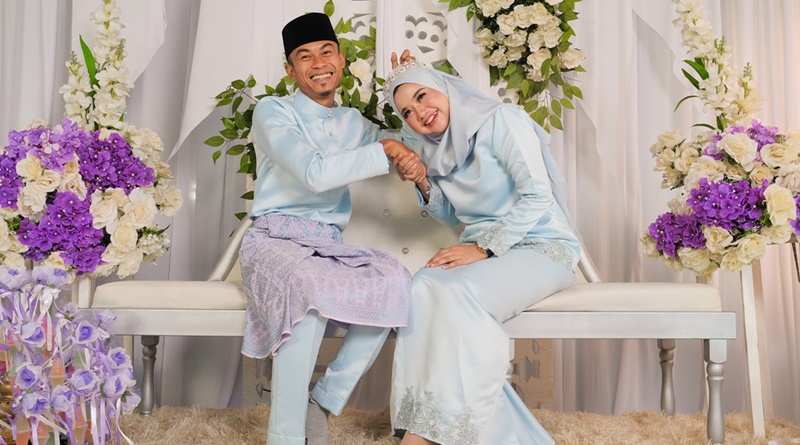The History of Baju Melayu
In the old days, baju Melayu was a daily attire for the male. The concept of the traditional baju Melayu reflected their mannerism and decency when they were out and about running chores. They were encouraged to cover themselves, in the tidy and comfortable baju Melayu as their daily wear.
The modern baju Melayu has gone through different evolutions that was different from the concept of traditional Malay clothes as the daily wears. Despite retaining some elements of old baju Melayu over the hundreds of years, it has evolved into a formal attire during the occasions
Back in the old days, baju Melayu was designed as a loose shirt and worn with long pants. It also came with a raised pockets design, that has been maintained to this day. The sampin, usually a normal cloth is tied neatly at the waist and added with different accessories. The accessories that were donned together with the baju Melayu include tanjak, songkok, and capal, a pair of slippers. Before the emergence of songkok, tanjak was the choice of men to style as headgear.
During that period, the colors play an important role to differentiate the baju Melayu from daily wear. The top color choice that shows the exclusivity of baju Melayu was in black that was worn together with the songket cloth embroidered with gold thread. Meanwhile, a white baju Melayu was worn during the funeral of the passing of a member of the royal family. Government officials wore the white color when attending official functions or national functions. Besides that, baju Melayu was also highlighted as martial arts (silat) wear for the Malay community.
Today, baju Melayu is no longer daily wear but donned during important occasions, including religious ceremonies, official events, festivities like Hari Raya as well as weddings. The accessory that remains as the top choice is sampin. For the sampin patterns, various songkets are hand-woven with gold and silver threads. But it still follows its motive, which comes in a more complicated pattern. Besides the plain design, baju Melayu also comes with modern dress patterns such as checkered patterns and a more modern, diamond pattern. The designers hold a great responsibility in ensuring that the characteristics and the values of traditional Malay clothes are always preserved as a valuable asset.
Baju Melayu Teluk Belanga
This traditional dress was introduced during the reign of the late Sultan Abu Bakar of Johor. However, the design has been altered based on the recommendation of the first Menteri Besar of Johor. The shirt pockets now have three pockets. While the neckline of this Baju Melayu Teluk Belanga is similar to the female baju kurung.
Baju Melayu Cekak musang
For the design, it usually comes with a high ‘neck’ or an upright neck. The size of the shirt collar is up to 2.5cm around the neck. This Baju Melayu Cekak Musang comes with a button design as a part of its accessories



